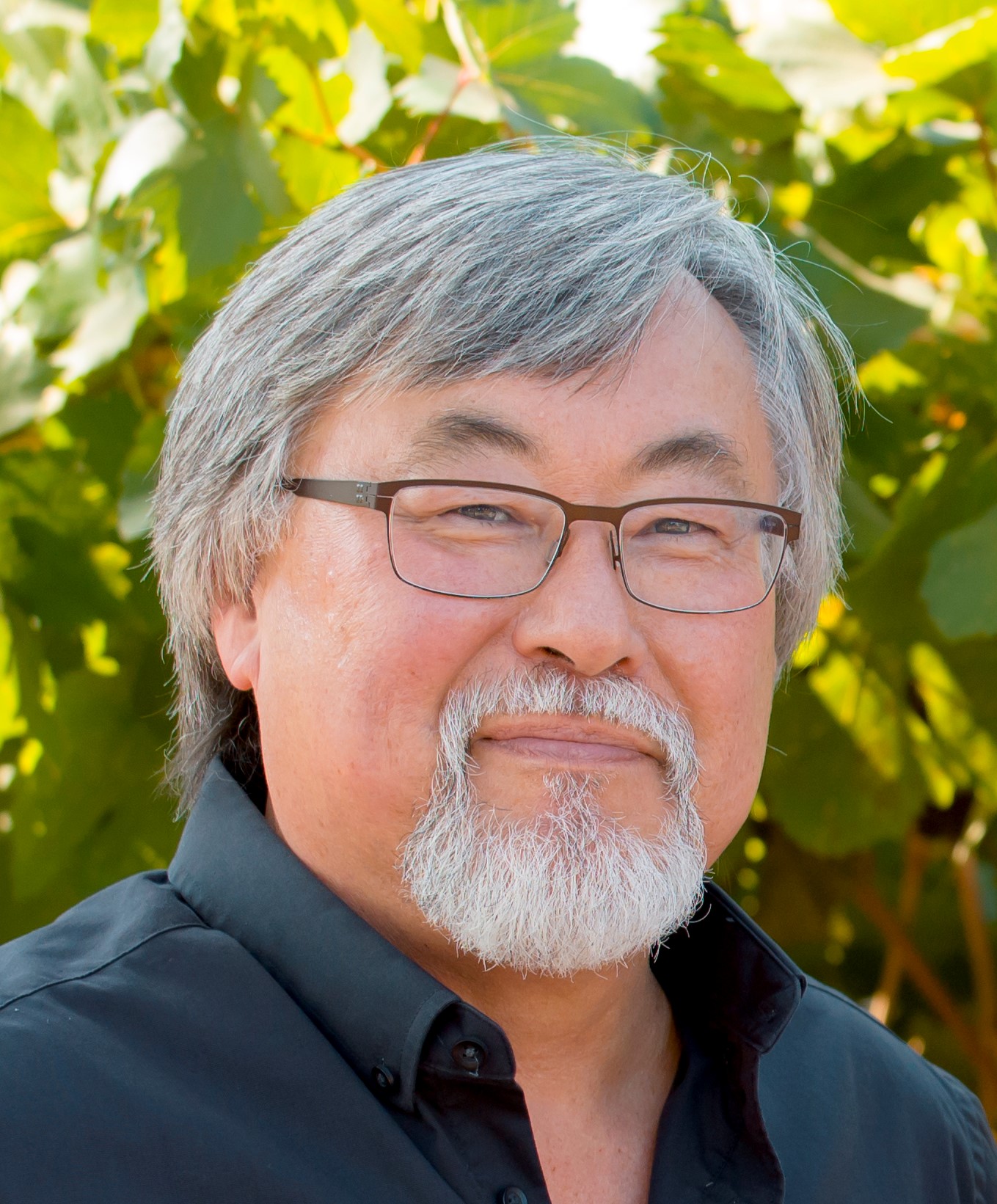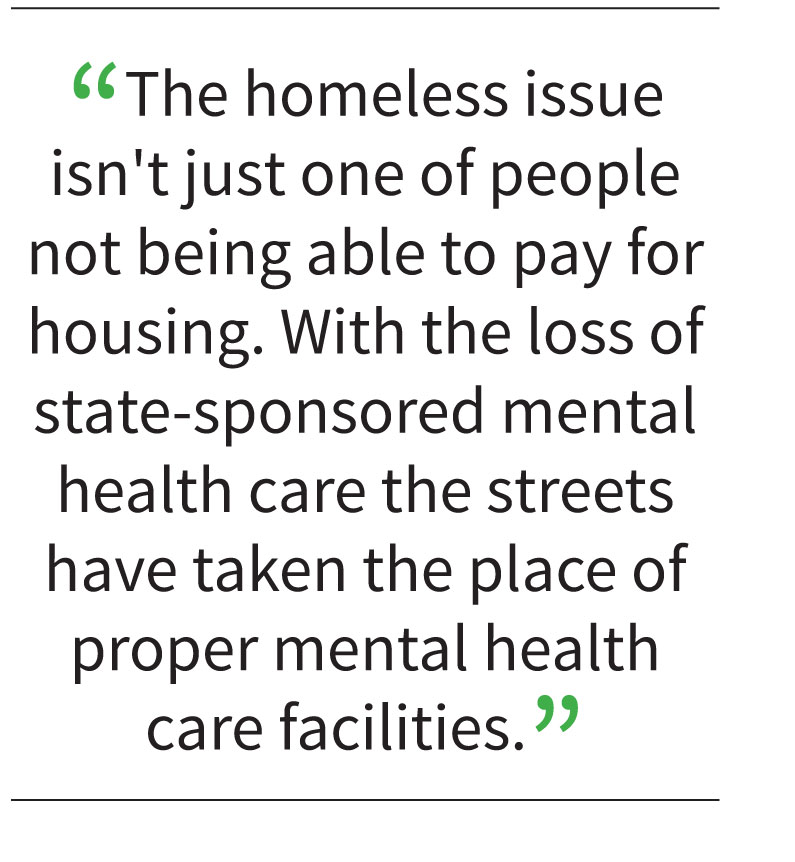Published in the February 13 – 26 2019 issue of Morgan Hill Life

John McKay
After participating in the County of Santa Clara’s Homeless “Point in Time” Census and Survey Tuesday, Jan 29, I was asked to write a guest column about the homeless issue. On that day I gathered with other volunteers at 4:30 in the morning over donuts and coffee, received instructions, and I asked questions before we set out counting the homeless in our South Valley cities.
This wasn’t the first time I’d asked questions about this growing issue. Like many in our community, my concern has grown as my observations regarding the homeless community left me wondering what the immediate and long-term answers or solutions might be.
I attended a recent convention and queried others dealing with homelessness from around the state and learned its myriad set of conditions that exist everywhere, and not just the high cost of living in the Bay Area, that drives the homeless issue. Addressing the homeless issue is becoming a universal priority across the state. Gov. Gavin Newsom just proposed $100 million to fund homeless initiatives.
The homeless issue isn’t just one of people not being able to pay for housing. With the loss of state-sponsored mental health care the streets have taken the place of proper mental health care facilities.
For some, the streets and shadows have become a place where those who’ve succumbed to drug abuse find refuge. Some simply prefer the lifestyle.
 People who never thought they’d be homeless share the streets with those who choose to be there or can’t help themselves. That’s something I hope we can all be sensitive to.
People who never thought they’d be homeless share the streets with those who choose to be there or can’t help themselves. That’s something I hope we can all be sensitive to.
To most, the homeless are the ones sleeping in cars, tents, and doorways which the Homeless “Point In Time” Census and Survey targeted this year and in 2017 counted 388 souls. We can only hope those numbers haven’t grown but the community buzz might indicate otherwise.
Homeless camps and their occupants can be seen where we’ve never seen them before. These camps tend to be transient as their sites are cleaned up and they’re forced to move to a new location. There is no permanent settlement yet available.
This transient community can set up a camp where city police can’t go due to jurisdictional limits, like state or railroad owned property, and it can take time for these agencies to respond as we’ve recently witnessed. Due to the human waste and drug paraphernalia that is considered hazardous waste, a proper camp cleanup becomes very costly but then even more important to perform.
Besides the traditionally defined homeless we also need to be aware of the under-housed who are sleeping on people’s couches, in garages, and structures without the normal comforts or privacy of our conventional sense of a home. These living conditions can create unhealthy social behaviors that may also be felt in our community.
It may feel like the homeless issue is bursting onto the scene for the first time because we’re now seeing the camps, hearing people talking about it, and reading about it in social media. But homelessness is nothing new to our city. Morgan Hill’s homeless situation could have been even more noticeable if not for the effective local collaboration and sheer effort.
For some time, the city and its nonprofit partners have been dedicated to leveraging county services for the best outcomes for the homeless and under-housed in our community. That collaborative spirit allows the city of Morgan Hill to maintain a balanced short-term and long-term approach to dealing with the homeless which includes solutions like helping with temporary housing, finding jobs, enrolling children in school, and referrals to permanent housing. As a small city with limited resources, Morgan Hill is not equipped to solve these problems alone but is working smart with others.
I have listened to some of the dialog about the homeless lately and it reflects the broad spectrum of sentiment in our community, from sympathy and compassion to resentment and hostility. Sentiments justified by individual life experiences, good and bad. I just hope we all have the ability to understand that each homeless person is an individual with a story of their own and have the tolerance to balance helping those in need with maintaining our community’s character and safety.
As someone interested in the homeless among us, I have made an effort to learn as much as I can about the subject and felt it was a good time to share that knowledge.
There are experts out there whom I hope to hear from as this dialog continues in the community. The Morgan Hill City Council will delve more deeply into the subject in the near future and we can all be a part of the discussion.
If you’d like to help the homeless, please do it safely. And consider reaching out to local faith-based organizations like St. Catherine’s Church in Morgan Hill and nonprofit organizations like the Gilroy Compassion Center as examples.
John McKay is a member of the Morgan Hill City Council. He wrote this column for Morgan Hill Life and the opinions are his and do not reflect those of the city council.






